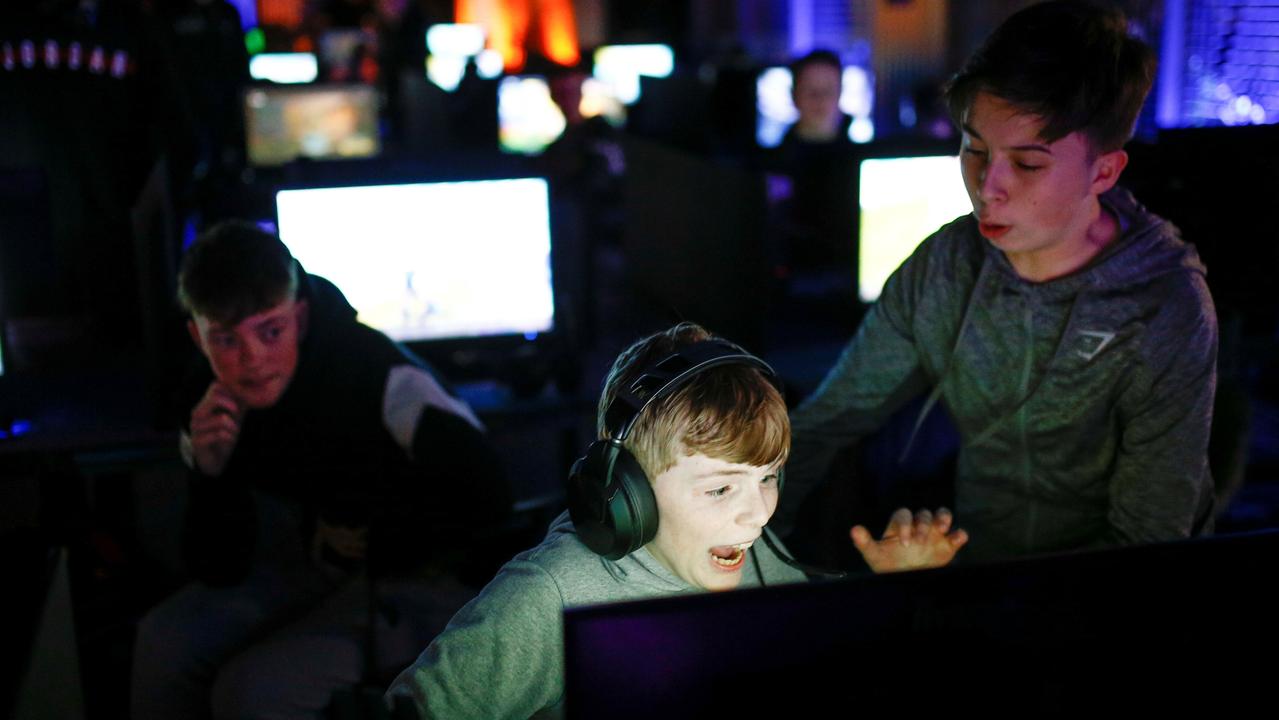Which MacBook? Choosing speed, stamina or style in Apple laptops
MacBook Air vs MacBook Pro vs New MacBook — choosing a Mac has never been harder.
“Just get a MacBook Air.”
For as long as I can remember, that’s been my unequivocal answer to anyone looking to buy a new laptop. A cutting-edge design, an unparalleled balance of performance and battery life — the choice was as obvious as picking an aeroplane aisle seat.
But the latest Apple laptops make the one I once declared the best in the world feel like a good fit for my grandma’s living room. Even some Windows laptops are catching up. Just take Dell’s XPS 13. It crams a high-resolution 13-inch screen into a laptop closer in size to the compact 11-inch MacBook Air. And it starts at just $800.
But ugh, Windows 8, right? Nope. On July 29, Windows 10 arrives and it’s enough for me to tell frustrated Windows users to hold off on moving to a Mac. The software brings back some of the best of Windows 7, including the Start Menu, and adds some impressive multi-tasking features. (I plan to review the best Windows 10 laptops for the back-to-school buying season.)
Don’t get me wrong: Mac laptops are still at the top of my recommendation list. Apple engineers the best computer hardware around, has unbeatable in-person customer service and, come this fall, will be giving Mac users what looks to be a darn good software update with the just announced OS X El Capitan.
Apple has spent the past three months updating its entire line-up so it’s actually a great time to buy. The problem is many of the latest laptops cost within a couple hundred bucks of each other. At the $1,300 price range, you will be perplexed by your options. After testing, I’m certain you can’t get every bit of Mac goodness in one laptop. For every talent they have, they each make sacrifices. So the decision, as always, comes down to prioritising what’s important to you.
MacBook Pro: Trading Portability for Speed
If my 1½-year-old MacBook Air were to keel over today, I wouldn’t think twice about replacing it with the 13-inch MacBook Pro with Retina display, which starts at $1,300. The Pro’s speed, screen and stamina make it the “just right” Goldilocks choice — especially now that the Air has become a lower priority for Apple.
The little Pro has almost everything I often wished for the Air. The sharp 2560x1600-pixel Retina display makes a world of difference when looking at images and text. The new awesome Force Touch trackpad, which can sense how much pressure you’re applying to the glass surface, opens a new layer of interaction. I’ve gotten in the habit of pressing firmly on a highlighted word to look up synonyms in the thesaurus. The potential is even bigger. For instance, Pixelmator, a popular art app, now supports pressure sensitive painting using the pad.
Don’t dismiss the 13-inch Pro’s recent solid-state drive and processor upgrades as minor. Everything feels faster than the Air, whether jumping between apps or handling multiple browser tabs. The benchmarks backed me up. In Photoshop, the Pro opened a series of 200 images 20 seconds faster than the current 13-inch MacBook Air. It exported a movie 30 seconds faster and performed almost 25% faster on Geekbench, an industry performance test.
Yes, that speed and screen take a hit on the battery, but not a very big one. The MacBook Pro with Retina lasted 10 hours in my Web surfing battery test with brightness set around 80%; that’s just two hours less than the same-size Air. To me, it feels like comparing a room-temperature chocolate-chip cookie with one that’s fresh out of the oven. Sure, one is better, but both are exceptionally good.
The 13-inch Pro loses points in portability and comfort. The sharp metal on the Pro’s palm rests dug into my wrists a little. And while I’m not terribly bothered by the fact that it weighs my bag down with an additional half pound, the Pro does feel noticeably bulkier than the Air in my hand.
You’d lose even more portability if you picked the $2,000 15-inch Pro, my recommendation for people who want a larger display and need heavier graphics-processing power for video editing, gaming or visual tasks. And despite the high-end components, this beast of a system managed to last eight hours in my battery test.
Both the 13- and 15-inch Pro can drive 4K displays; the 15-inch can even power a 5K monitor. But if you’re looking for even more power and pixels in a computer that will never leave your desk, you should consider Apple’s latest iMacs.
New MacBook: Trading Speed for Portability
For the same starting price as that 13-inch MacBook Pro I’ve fallen so hard for, Apple has another choice: the most portable and beautiful full-size laptop ever created.
The MacBook is a machine reduced to just the essentials: a sharp 12-inch, 2304x1440-pixel Retina display, a very thin keyboard and that innovative Force Touch trackpad. The magnificently thin, futuristic computer is, like the original MacBook Air, too ahead of its time.
Two months after reviewing it, I’m still blown away by its design — especially the glistening gold model. And I’ve come to love the spring of the shallow keys. However, it’s tough for me to recommend it to anyone but adventurous early adopters.
If you do more than emailing, word processing and keeping a few browser tabs open at once, you’ll likely encounter Apple’s spinning rainbow ball more than you’d like. There’s no regular USB port. Instead it has just one newfangled USB-Type C port, which also serves as its power jack.
And it had the shortest battery life of any of the Mac laptops I tested, at just over eight hours. In comparison to the competition, that is actually quite impressive. Higher resolution screens are the biggest drain on batteries. Dell’s XPS 13 with a 3200x1800-pixel display mustered only 5½ hours on the battery test.
Still, for most, the new MacBook simply requires too many sacrifices in performance, battery life and port selection to be relied on as a main computer.
MacBook Air: Trading It All for Battery Life
So I’ve given up on my beloved Air, have I?
The 13-inch Air is still a very good laptop, but it no longer feels great, even for the $1,000 starting price. (The 11-inch model starts at $900.) The Air is for someone who values battery life above all else and spends hours a day — as many as 13 hours, according to my testing — far from an electric socket. When I tried the latest refresh of the MacBook Air unplugged for an entire day’s work, I didn’t hit the red 10%-remaining territory until 8pm.
The Air continues to deliver more than enough computing performance for most people. I like to think of the latest Mac laptops as driving down the highway: The MacBook Pro is in the fast lane, the Air cruises along the middle, and that new MacBook putters in the slow lane.
When I use the Air now, I can’t ignore all the places where it could be better. The lower-resolution screen looks flat, the design feels stale and the wide bezel is embarrassing. And even though Apple refreshed it with new processors, it has the last-generation trackpad. Apple’s trackpads still beat any on a Windows notebook, but it’s another sign that the Air is being put out to pasture.
It’s hard to argue with the lower price, but by the time you upgrade the Air to my recommended 8GB of RAM and 256GB of storage, you’re looking at spending $1,300. Yes, the same price as the basic 13-inch MacBook Pro, which also includes 8GB of RAM.
Apple will likely evolve the new MacBook into a more useful machine. This fall, we’ll also see some surprisingly laptop-like capability coming to the iPad (and possibly even the arrival of a 12.9-inch iPad). Until then, I have a new answer for most people searching for a new Mac laptop: Just get a 13-inch MacBook Pro.


